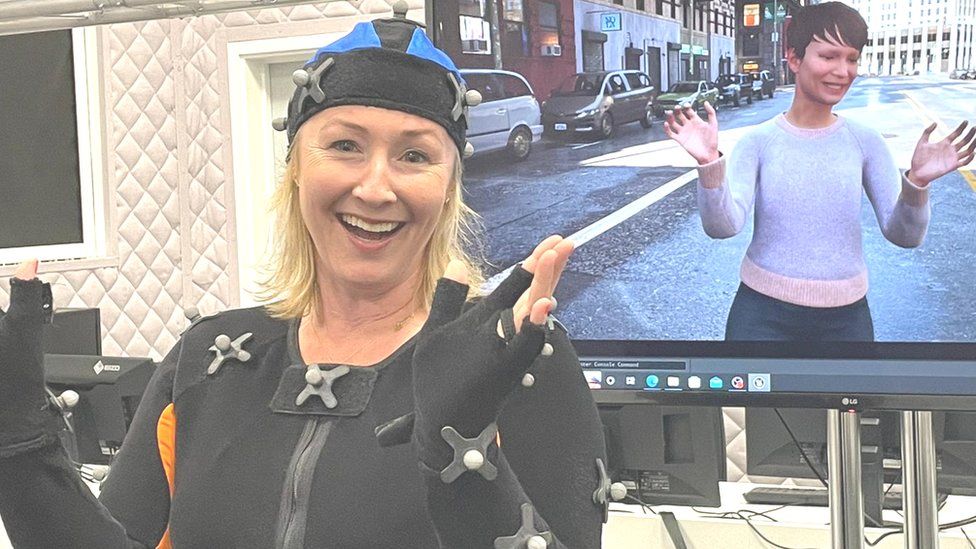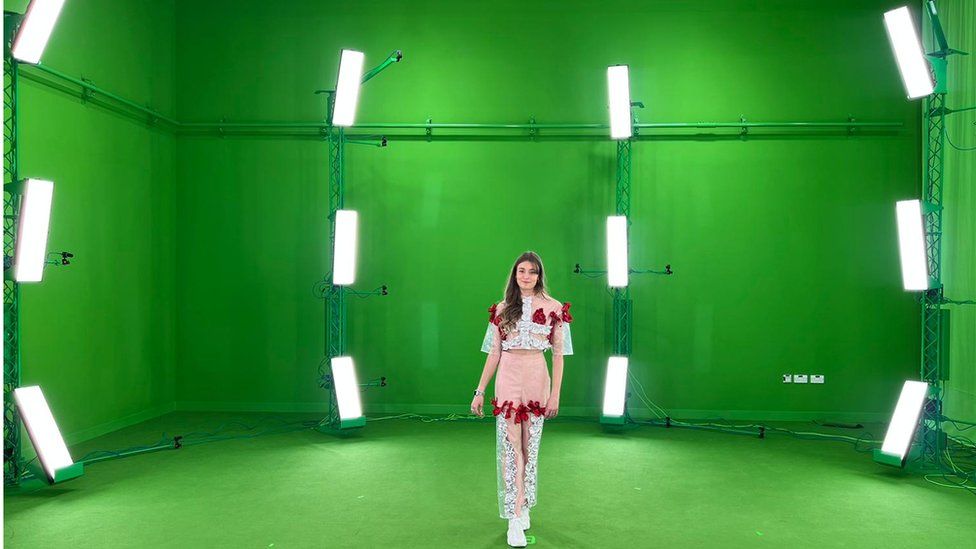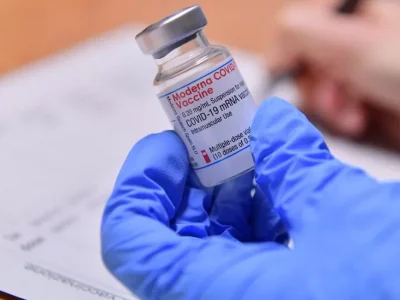I’m in a large and colourful wooden-floored room. There’s a man standing next to me, and a bird is at my feet. Suddenly both the man and the bird disappear. It sounds like the start of a surreal dream, and in a way, it is, because none of it is real. I was actually standing on a high-tech digital stage at Portsmouth University. Tools used by video game developers and movie makers to create top-quality virtual content are now available to businesses and charities at the multi-million pound centre, which launches on 4 May.
The Centre for Creative and Immersive XR (extended reality – an umbrella term for all types of digital reality, from the immersive VR viewed in headsets, to AR games like Pokemon Go, in which graphics are posted over the real world as seen through a smartphone camera) has received more than £5m in funding, including a £3.6m government grant. It’s crammed with cutting-edge – and expensive – industry tools, and it’s inviting organisations to make use of its “one-stop-shop” to both create their own material, and explore what’s available to consume it. In return, the university gets to train its students using real-life projects.
Its impressive kit list includes a White Light Smart Stage where the 3D sets can range from 360-degree images to entire digital worlds, computer-generated by the very latest version of the Unreal graphics engine – used to create the scenery in Disney’s Star Wars spin-off The Mandalorian, among many others. Other studio areas include motion capture and photogrammetry, where anyone (or anything) can be scanned in 3D. One of the more ambitious projects underway is a complex scan of nearby Southsea Castle, a large 500-year-old fort on the seafront, constructed for Henry VIII.
The absence of feeling remains an issue in VR but there is some innovation, like the Tesla suit – a kind of wetsuit packed with sensors designed to trigger sensations on the skin, such as the feeling of rain, or wind. There is one at the centre but it’s not yet ready for demos, I am politely informed – unless I want to run the risk of feeling like I’ve had an electric shock if it malfunctions (um, no thank you).
Business Director Pippa Bostock told the BBC one of the benefits of working with extended reality is sustainability, enabling firms to host and attend events digitally rather than having to travel. “I was due to give a keynote address to the University of Michigan. Normally I would have flown over there but now I’m doing it from our smart stage facility here, so that’s a significant carbon saving just on that one flight alone,” she says.



Extended reality is also recognised as a useful training tool and was trialled for new recruits to the RAF last year. The Royal Navy is already working with the new centre on creating training programmes in VR. It may feel to some industry watchers like extended reality has been on the verge of becoming the next big thing for several years – but never quite cracked it. Early VR headsets were expensive and clunky, and the computer power required to process the huge graphics was beyond average PCs.
Enthusiasts like Pippa Bostock point out that the same could be said for other devices which have now become everyday. “Tech will always change and evolve,” she says. “If we look at how big mobile phones were, things get much more portable and accessible. This tech will do the same… it will come down in price and portability.” Tuong Nguyen, an analyst at Gartner, says that lack of content also continues to hold back adoption.
“There are still limited amounts of content. In that sense, it’s like subscribing to a cable TV service and only having three channels available.” “And even if you’re really excited about those three channels, they have maybe three hours worth of programming per day. But it’s also difficult to create. Better content is sorely missing right now within the VR marketplace.” Perhaps that’s one reason why the new centre’s technical director Alex Counsell says the team has been “overwhelmed” by the amount of interest the centre has already attracted.
He thinks the pandemic has increased his appetite for all things XR. “I think everyone during lockdown was realising that barriers can be broken down… there were ways of using technology to cover distances that you normally couldn’t,” he says. “And a lot of the technology we’ve got here allows people to have a digital presence, to be able to interact meaningfully with a digital world. And you can interconnect people from anywhere around the globe in these kinds of environments.”
![]()





